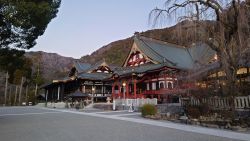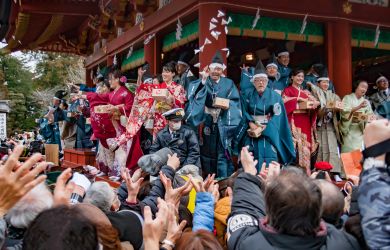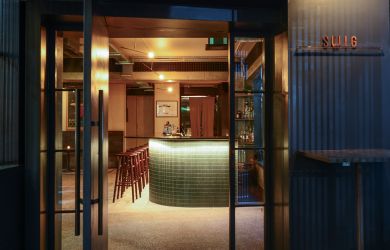
Originally published on metropolis.co.jp on May 2013

Most Tokyo residents are familiar with Okinawan flavors, from goya champuru to awamori. But Ainu cuisine—from Hokkaido’s native culture—is less well known. Harukor, the only Ainu restaurant in the Tokyo area, offers an insight.
In honor of the International Year of the World’s Indigenous People in 1993, an Ainu association in Tokyo collected donations to open Rera-Cise, a café-restaurant and performance space offering Ainu cooking and cultural offerings to the public. Sadly, Rera-Cise closed a few years ago, but the manager inherited the recipes and opened Harukor to keep the community flame burning.
When we stopped in on a Saturday night it was a full house, and everyone seemed to know everyone else. People came and went, joining parties with cheerful greetings and passing seats on to others as they arrived. Yet despite the busy atmosphere and cramped space, the waiter took time to answer our questions and explain the dishes. The menu is posted on the wall, much of it only in Ainu, and daily specials are written on a whiteboard. Those who don’t speak Japanese should bring a friend—or be comfortable with ordering blindly.
According to the staff, Ainu people brew a traditional liquor in small batches, but Japanese law prevents them selling it at the restaurant. We opted for Sapporo draft beer (¥400). They also offer simple cocktails, sake and shochu (from ¥350).
We started off with ohaw (¥300), a simple fish soup packed with vegetables, strips of konbu and salmon. The interesting kampoca rataskep (¥500) is a dry mash that starts out with the sweetness of squash and corn and finishes with an astringent, almost medicinal flavor from its Amur cork nuts.
Ainu cooking uses a lot of game. House specialty venison can be had in a variety of ways, even in dumplings, but purists should opt for the venison steak (¥1,300). Lightly seared with a perfect rare center, the meat’s natural taste is complimented by the acidic flavor of the side salad’s dressing.
A common ingredient which might be new to most diners is kitopiro, a wild leek with a strong garlic flavor sometimes called Ainu onion in Japan. We tried it in some dumplings (¥550), and found them so filling and complex, it was hard to believe they had no meat.
While we couldn’t work up the courage to try mefun (¥600), a traditional dish with salted fish entrails, we still felt we had tasted something unique and somehow elemental. The game and wild veggies harked back to a time when the human diet was more closely tied to the environment. You won’t find many deer to hunt or herbs to forage in Tokyo—but you can still eat them at Harukor.





